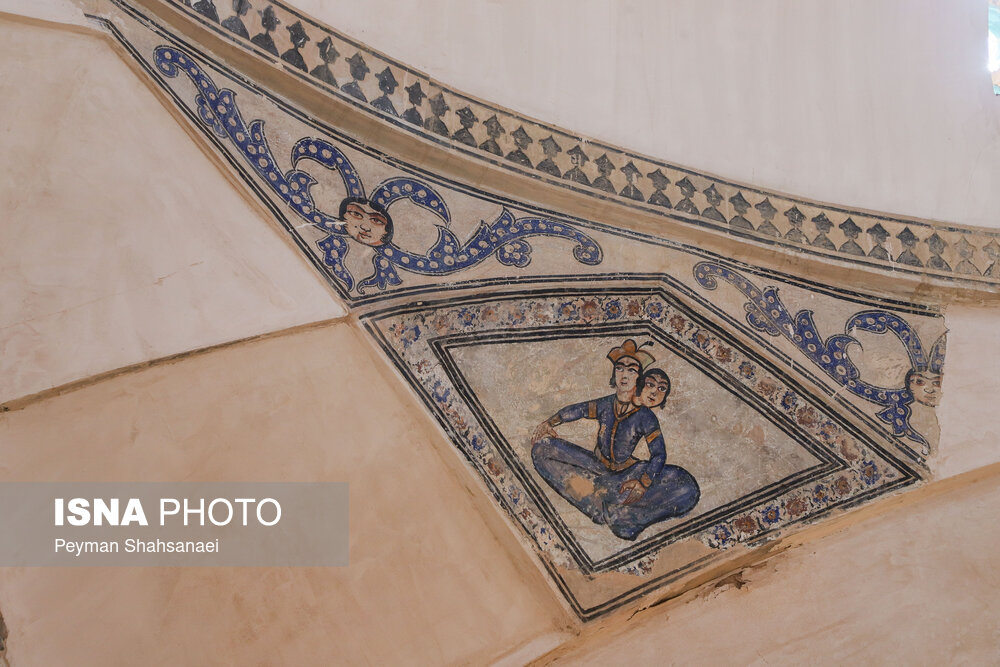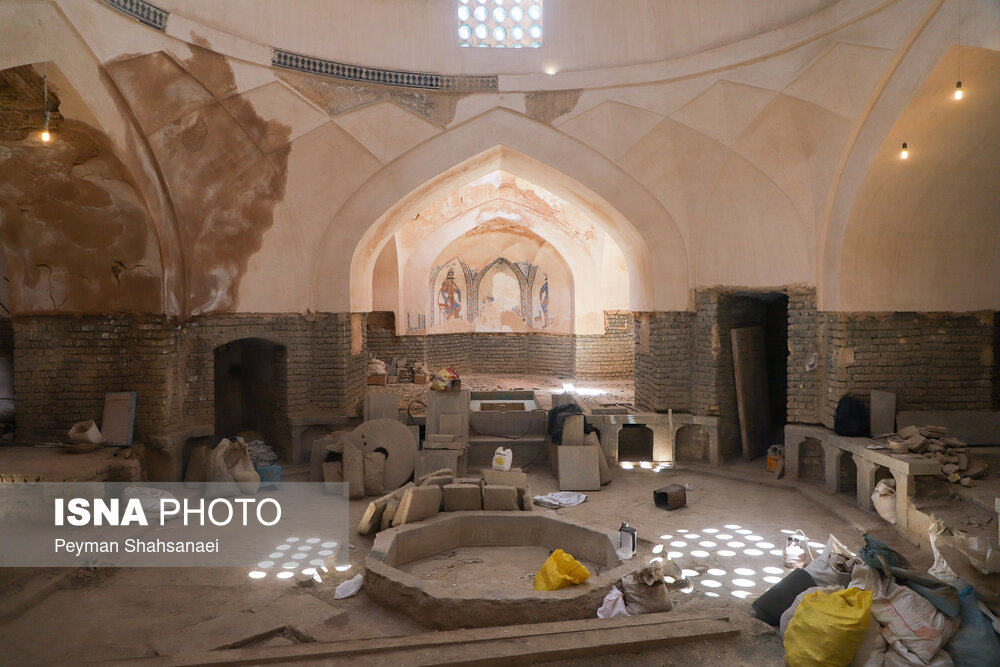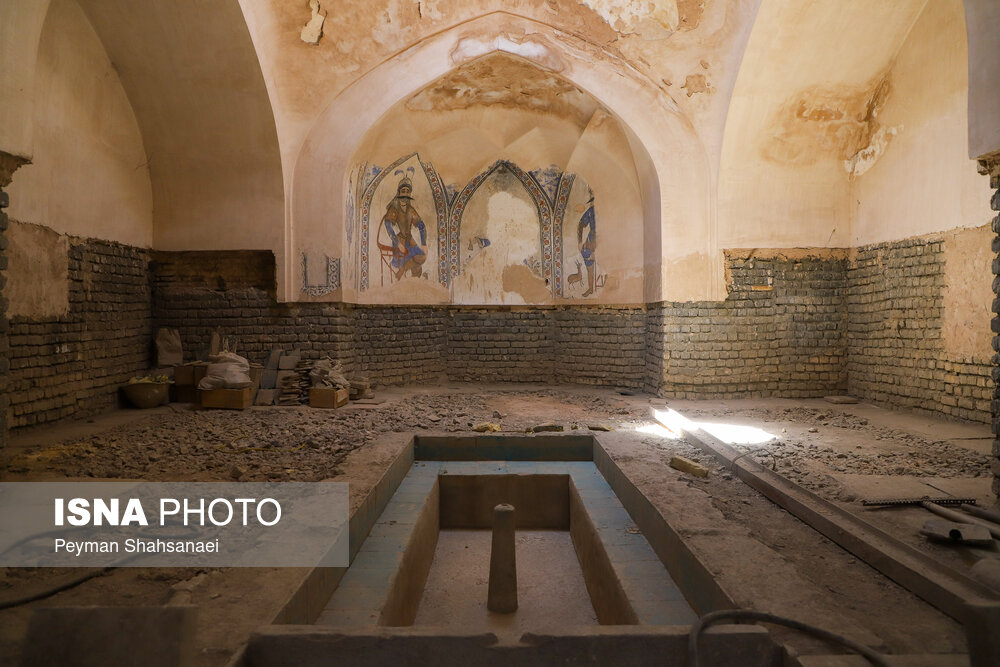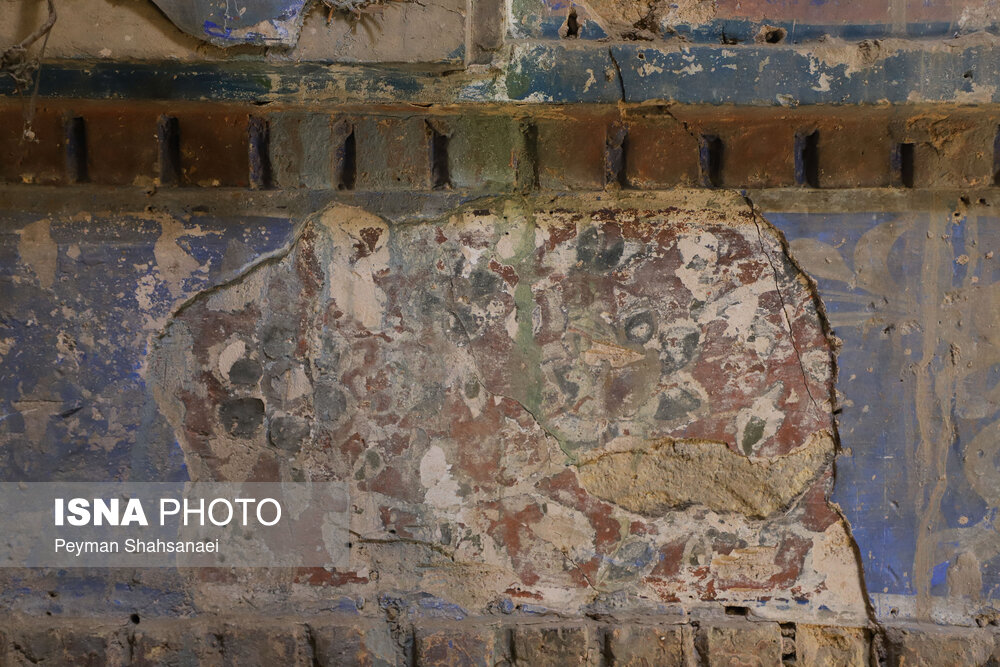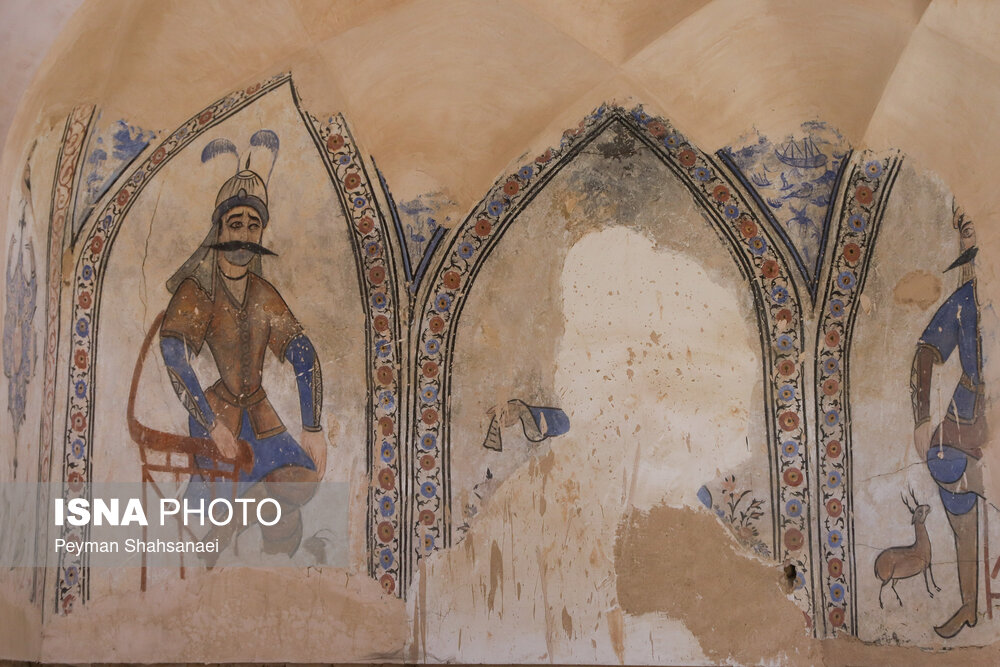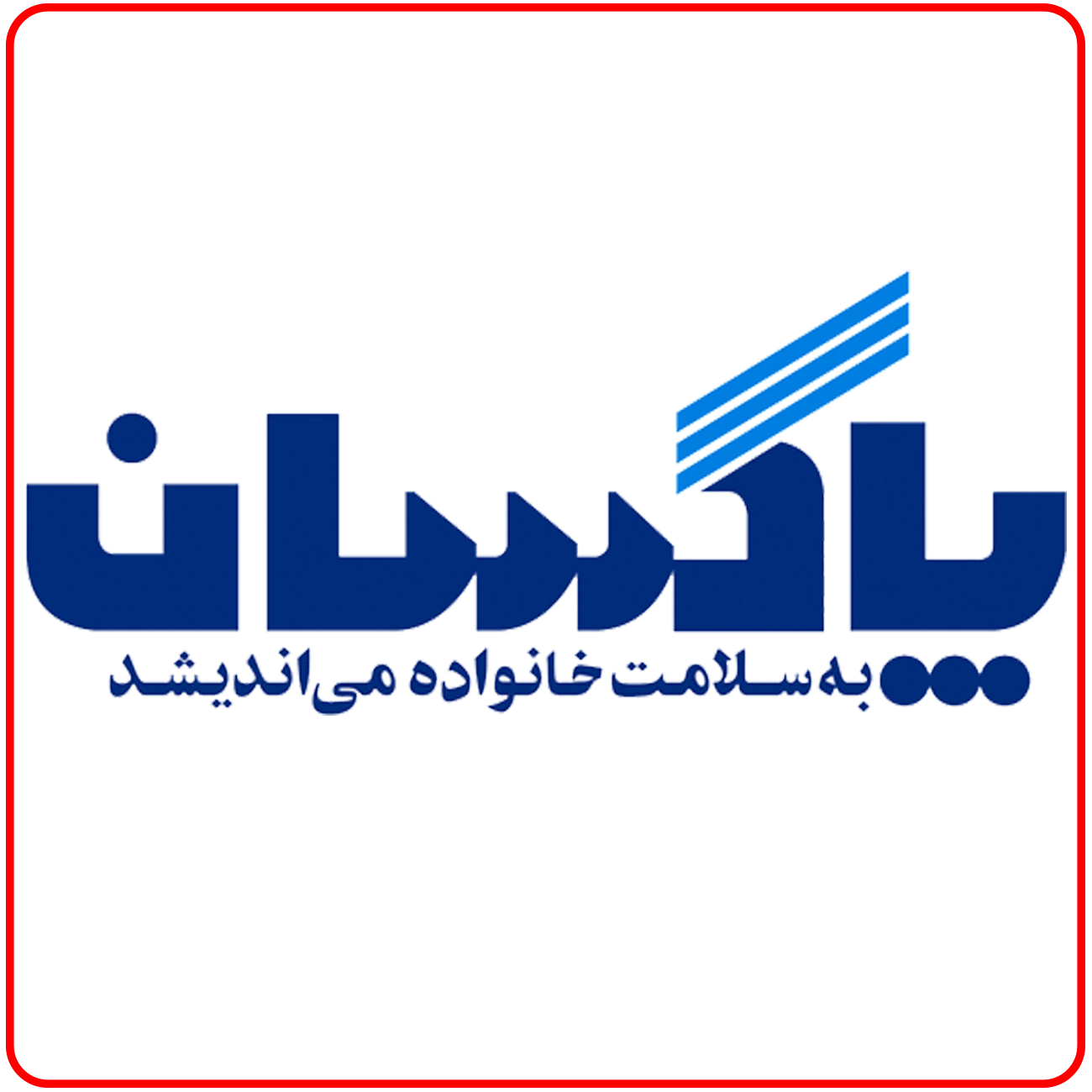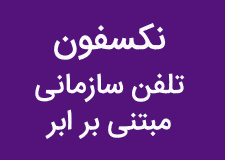The Shah Mosque of Isfahan, built during the Safavid era under Shah Abbas I, doesn’t have any inscription to identify its builder. As a result, the architect and constructor of this building remain unknown. Located near Naqsh-e Jahan Square, this bathhouse was likely built at the same time as the Mulla Abdullah School. The French explorer, Chardin, makes reference to this bathhouse in his travel account. Shah Abbas I Safavi had this bathhouse built for his private use but occasionally opened it to the public.
Originally one of Iran’s most advanced and comprehensive bathhouses, it was transformed into a modern public ‘numbered bath’ in the 1960s and 1970s. Having been in use until 1375, the Shah Mosque of Isfahan suffered from progressive decay, resulting in the loss of its original character. The bathhouse’s spaces were repurposed, causing extensive damage to the building. The building was listed as a national monument in 2002 and is now being restored by a private company.



